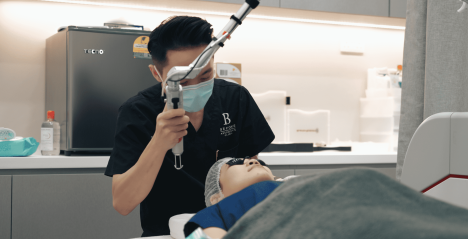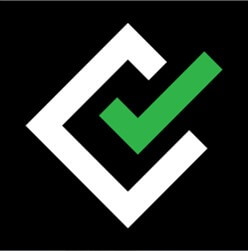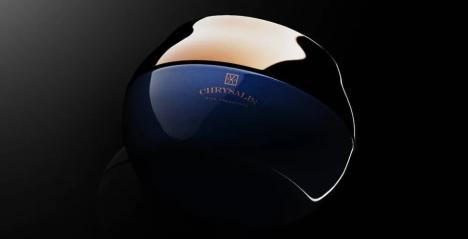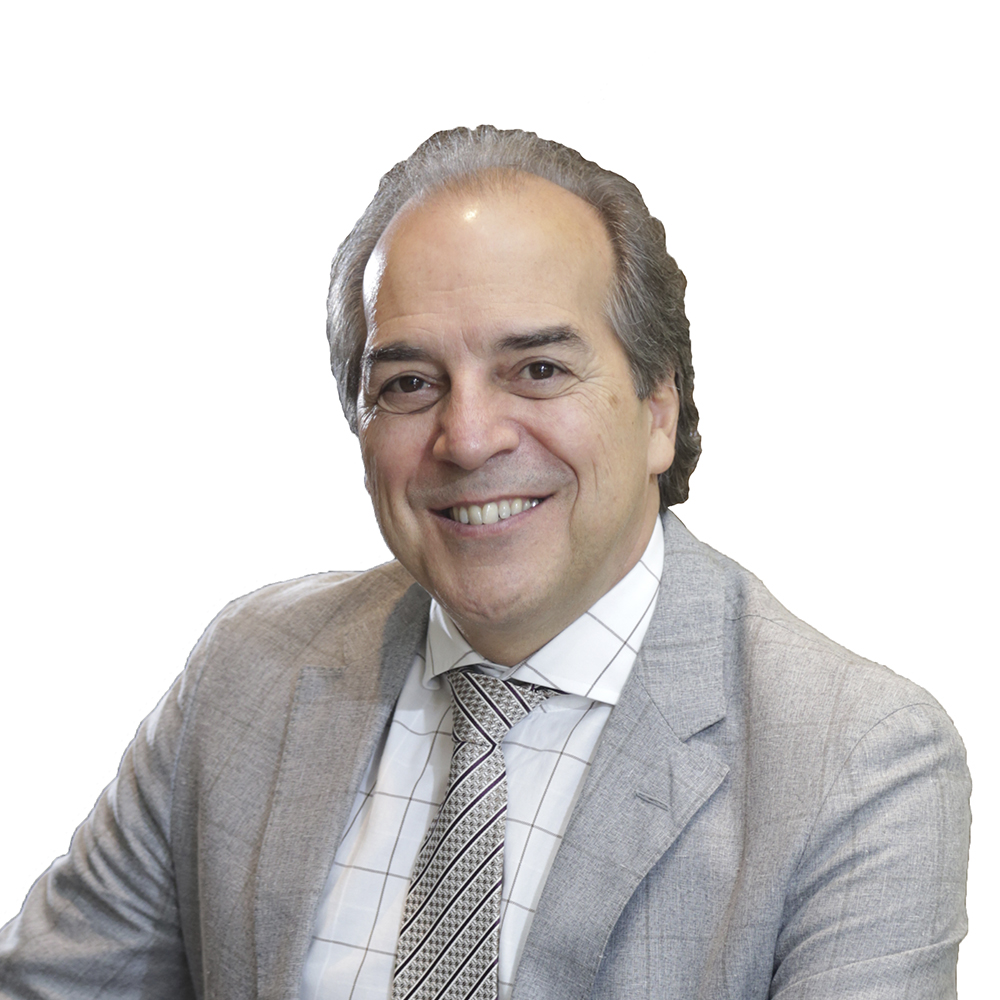Many of us work out in the gym and diet to try to keep trim and to have a flat tummy. Some manage to achieve results while others end up with a big bulge like a sausage pumping out in the midline of the abdomen.
According to Brazilian Plastic Surgeon Dr Marco Faria Correa who practices in Mount Elizabeth Novena Hospital located in Singapore - the bulge is known as Rectus Diastasis and can lead to many medical conditions, but the good news is Rectus Diastasis can be surgically corrected.

Do you know what rectus diastasis is?
Rectus diastasis can also be called as Abdominal Separation, or abdominal muscle gap, or abdominal midline weakness. It simply means the belly sticks out because the space between the left and right belly muscles has widened and this causes the Bulge or Pooch.
It is usually more common for ladies after pregnancy (the operating procedure is often included as part of a mummy makeover) or can be the result of women experiencing yo-yo weight problems, or other causes that can be idiopathic - with no identifiable cause or genetic, and it can happen to anyone in any age group - and to man as well. And being a medical condition, this can be covered by insurance to a certain extent.

Why is our Abdominal Muscle Important?
The anterior abdominal muscle is also known as rectus abdominis is part of the CORE muscle. It is a long vertical muscle that runs down from the body’s midline. It holds our inner organs such as bladder, intestines, pelvis, uterus in place and works together with our lower back to help us move our weight around like a stabiliser. Our CORE muscles give us the foundation to perform movements, balancing and flexibility.
What happens if we do not repair the Rectus Diastasis / Bulge?
It can cause an array of problems. Without the dynamic stabilisation of the CORE, it can lead to weakness in the abdominal wall and can jeopardize trunk stability and mobility; contribute to back pain, compromising your posture, pelvic floor dysfunction, hernia, cosmetic defects and vaginal delivery. Back and/or pelvic pains are the most common manifestation of a Diastasis Recti Abdominis.
How is it repair?
According to Plastic Surgeon Dr Marco Faria Correa, exercise and working out reinforcing all the core muscles is mandatory but if the gap is more than 3cm, the best way of to correct the rectus diastasis is with surgery.
The surgical time is estimated from 2 to 4 hours depending on the severity of the diastasis.
There are different ways of performing the surgery to correct the recti diastasis: the open method will include skin removal or abdominal dermolipectomy for those who have over redundant fold of skin (also known as abdominal apron).
This method will leave a scar in the bikini line but will give the benefit of a tighten stomach and lifting the pubis area giving a flat stomach. For those presenting with a beautiful and non-redundant abdominal skin can use a minimally invasive method known as endoscopic abdominoplasty or endoscopic rectus plication. The latest technology for rectus plication through key hole incision is the robotic rectus plication, or robotic abdominoplasty which uses the da vinci surgical® system. It leaves minimal and inconspicuousness scarring.

What is the Recovery time?
This procedure requires a 1 to 3 days stay in the hospital depending on each individual case. The initial recovery is around 1 to 2 weeks and any carrying of heavy items or falling back in to regular exercise is recommended around 6 to 8 weeks after the surgery.
Dr Marco Faria Correa performs not only Plastic Surgery, and Non-Surgical Aesthetics treatments, but also Reconstructive and Microsurgery. He is a pragmatic surgeon who has mastered the minimally invasive and the traditional open methods by applying the latest techniques for properly concealing the scars in the anatomical folds and crease, leaving inconspicuous scars.
He is a well-versed Plastic Surgeon in the various benefits and limitations of the different procedures and methods; hence, he will always advise his patients on what is the best option to achieve the outcome they desire and expect.
For more information about each procedure visit www.drmarco.com or call Dr Marco Faria Correa, Internationally trained Plastic & Cosmetic Surgeon with over 30 years of experience on +65 6464 8075 , WhatsApp +65 9176 1813 or email admin@drmarco.com
Disclaimer: The information contained in this post is neither intended nor implied to be a substitute for professional medical advice, it is provided for educational purposes only. Always seek the advice of your plastic surgeon or other qualified healthcare provider before starting any new treatment or discontinuing an existing treatment. Always speak to your healthcare provider about any questions you may have regarding a procedure.











